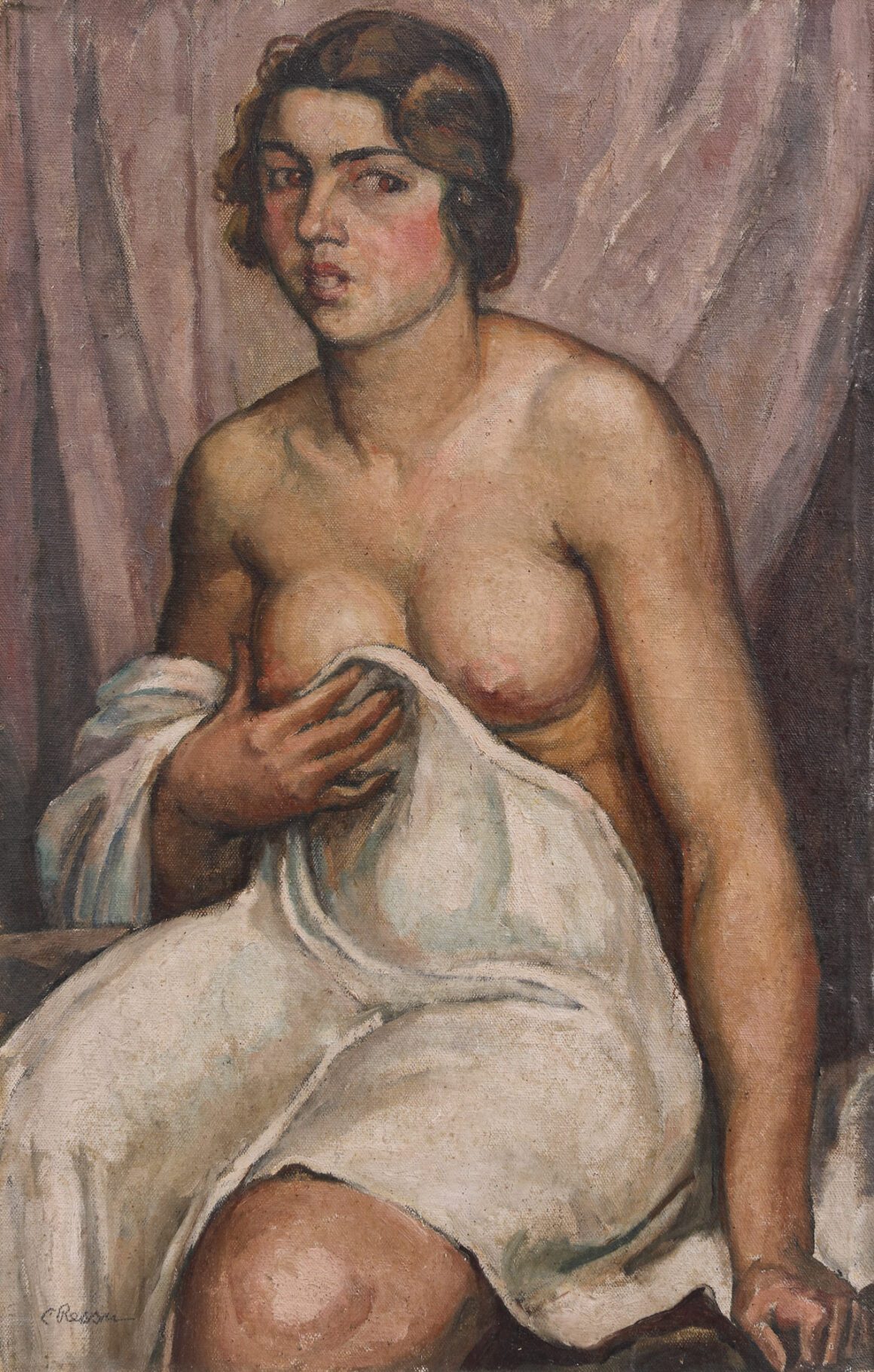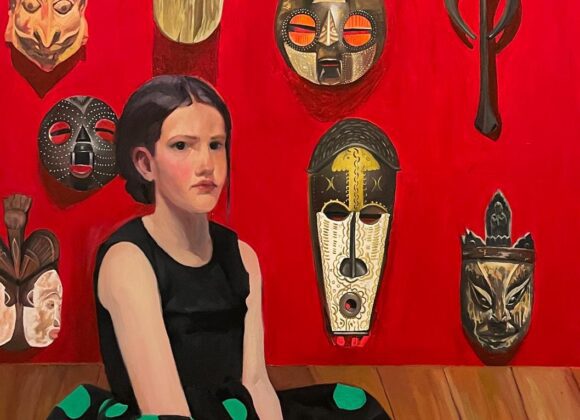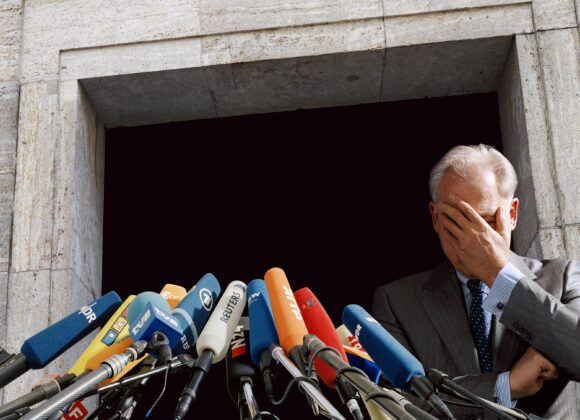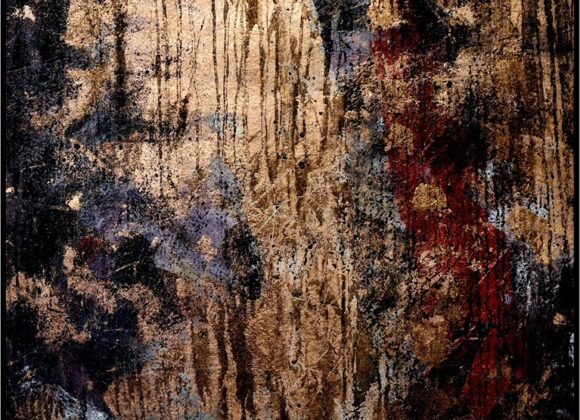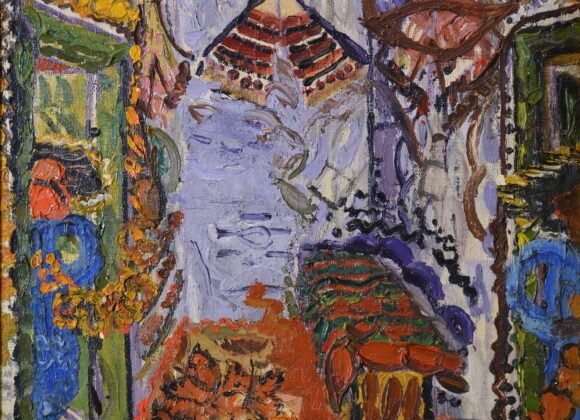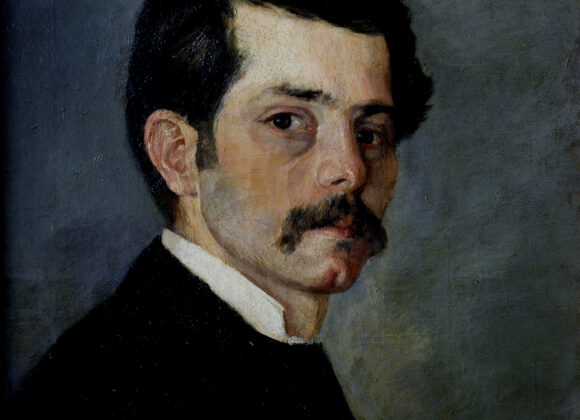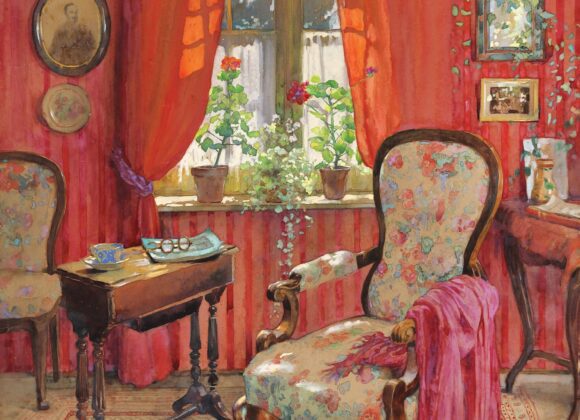Breasts
An Exhibition Like No Other
Sept. 6 – Dec. 15
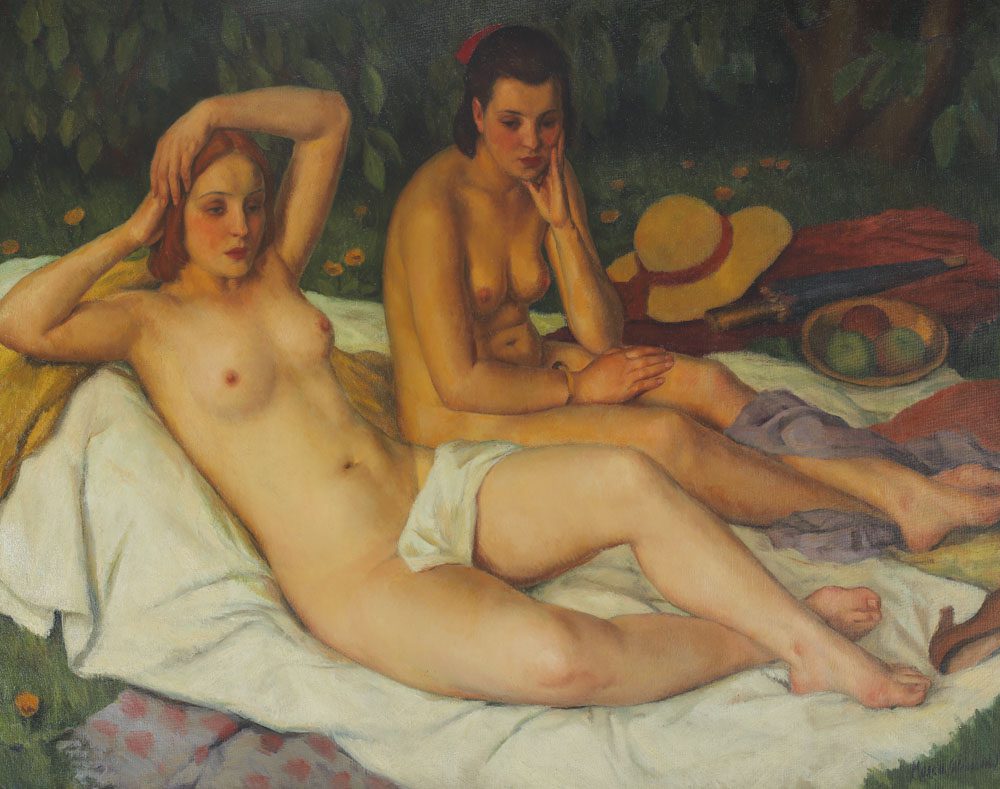
An absolute premiere in terms of Romanian exhibitions, which explores the representation of breasts in Romanian art, from painting and sculpture to installations. From object of desire to censorship, from admiration to shame, breasts have been a focal point in cultural discussions and debates over the past decades. The exhibition at Art Safari aims to examine the many ways artists have represented this part of the female body.
Text by Antonia Iordache
Estetism
Throughout the history of art, breasts have been an inexhaustible source of fascination and conflict. The stylistic and thematic choices in the representation of breasts mirror both the aesthetic evolution and the changing perspective on the female body and role. This natural prominence of the female bust – worshipped and desired, censured and punished, disputed and claimed – is given a versatile symbolic charge, oscillating between the sacred and the profane. From the 19th-century academist influences to the modern and contemporary experimentations, the nude has gone through formal and conceptual idealizations, abstract, hybrid or politicised approaches, captured in themes such as motherhood, eroticism, censorship or aestheticism. Breasts. An Exhibition Like No Other brings together various representations of breasts in Romanian art from the 1880s to the present, thus offering a broad perspective on the transformations of this artistic motif in visual culture. The exhibition is part of a wider initiative that questions the social and cultural expectations regarding the female body in the contemporary artistic and social context, alongside other international exhibitions, such as Breasts (Venice Biennale, 2024), Boobs in the Arts (Dittrich & Schlechtriem, Berlin, 2023), Darker, Lighter, Puffy, Flat (Kunsthalle Vienna, 2023).
Erotism
In early 20th-century art, the Neoclassical model of adolescent breasts, barely developed, meticulously rendered, coexisted with the more innovative creations, influenced by French Impressionism and German Secessionism, in which the large breasts of a woman in full sexual maturity are represented in light tints or impasto, to create the impression of carnality. Thus, sometimes, in modern Romanian painting, the same authors – Camil Ressu, Iosif Iser, Nicolae Tonitza and others –have painted both academist-Venusian nudes, reclining on aristocratic sofas, in which the breasts and pubis of the figures are partially covered (suggesting, according to the etiquette of the time, the shyness of the female characters), and boudoir representations, in which the female bodies, curved but athletic, reveal themselves to the viewer, uninhibitedly exposing their private parts. Later on, the geometrisation and stylisation of the female body in imaginative compositions, like those of Ion Alin Gheorghiu or Sabin Bălașa, de-eroticise the breasts, converting them strictly into a motif of formal reflection. By contrast, the most recent works presented in the exhibition – signed by Roman Tolici, Felix Aftene, Paul Baraka Marat, Ondine Slimovschi – come closer to hyper-realistic formulas. Either by highlighting the imperfection of the breasts (“too” large, “too” small, asymmetrical, flabby) or by composing a digitised ideal form of them, social perceptions of femininity and sexuality are confronted.
Maternity
The iconic image of Madonna Galaktotrophousa, depicting Virgin Mary breastfeeding, originally appeared in the Byzantine period and has remained a constant theme throughout art history, even in some eras characterised by prudish norms (such as the Late Middle Ages or the Victorian period). The image continued to be present in visual art and to evolve, but the laicised representation of the mother with a bare breast, feeding her infant, has retained its spiritual significance, as can be seen in works from different centuries, such as Mina Byck Wepper’s Motherhood or Andrei Gamarț’s Milk Behind the Judgement. In modern and contemporary art, the depiction of the mother offering her breasts full of milk to the baby is not devoid of eroticism. The breasts of the new mother are not only a symbol of nourishment and fertility, but also an object of original desire and an indication of feminine power – a reflection of the complexity of the maternal role.
Censorship
In recent decades, artistic experimentation has redefined the standards of disinhibition, approaching sexual nonconformism and vulnerability from different aesthetic perspectives. One aspect of the contemporary cultural imaginary that reflects the tensions between freedom of expression and restrictive cultural norms is the representation of female nipples. On social media platforms, images of breasts with visible nipples are often censored because of the association of nipples with sexual arousal and activity. In response to these limitations of expression, numerous feminist interventions have emerged, such as Raluca Ilaria Demetrescu’s work Iele, which highlights the incoherence of the argument and accuses the media’s control over the standards of representation of the human body. The feminist policies aim both at body acceptance and at criticising the objectifying look (the gaze) that transforms women’s bodies into consumer goods. In the works by Alina Marinescu and Andra Ichim, breasts cease to be a symbol of male sexual lust or a reminder of maternal sacrifice – they are reclaimed as an intimate and essential part of female identity.
More exhibitions


